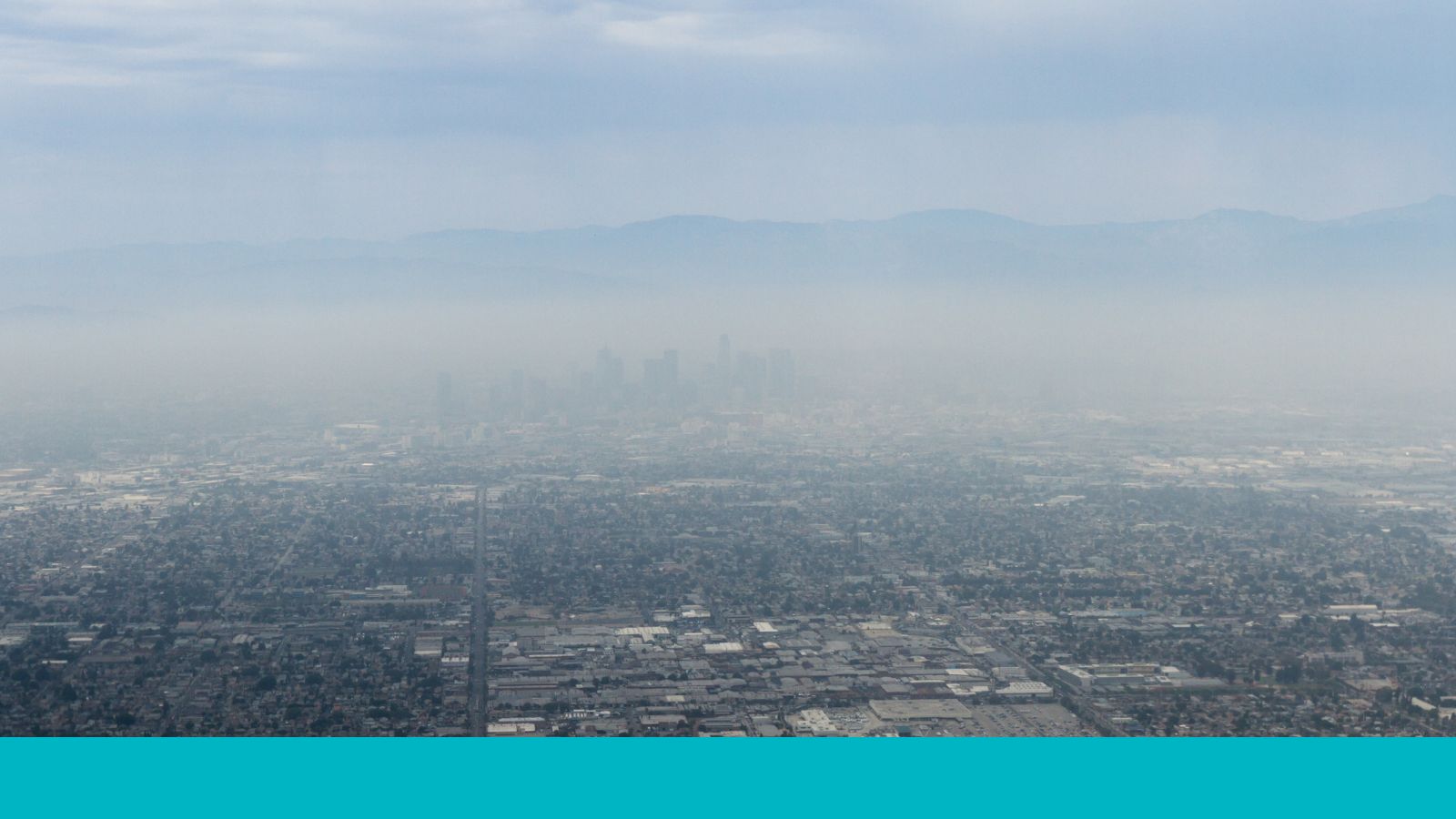Talking Points: About Environmental Health
- Environmental factors like air quality and extreme weather can impact a person’s health.
- People who do not have access to clean air and water, healthy workplaces and living spaces, and protection from extreme weather can experience negative health consequences as a result.
- Supporting environmental health is a critical part of public health. Health and environmental experts work alongside community leaders and government agencies to reduce the effects of environmental factors that negatively impact public health.
Ways to Make Your Environment Healthier
- While you can’t always change the quality of your surrounding environment, there are steps you can take to protect yourself against pollution, chemicals, and dangerous conditions, including:
- Reducing chemicals in your home: When possible, choose non-toxic household cleaning products. You might also open a window or use a fan to increase air circulation and invite fresh air into your space.
- Checking your home for health hazards: Lead and radon are substances that can cause harmful health effects. Some health departments and local programs offer free testing kits to check for these substances in your home. You can also take steps to prevent mold growth, such as using vent fans in rooms with a lot of moisture like bathrooms. If you access your household water from a private well, you should occasionally test that water for possible contaminants. Most people get their household water from their community’s water system, and those systems are tested frequently by state and local health departments.
- Swimming safely: Pools, lakes, and oceans can sometimes be contaminated with bacteria and viruses. Avoid the potentially harmful effects of contamination by checking with your local health department for water advisories. Be sure to shower before and after swimming, cover open wounds with waterproof bandages, and avoid water that looks murky or has an odor.
- Locating safe shelters in preparation for extreme weather: Locate your community’s extreme weather shelters and resource hubs in case you need to access them during extreme heat, cold, rain, or wind.
- For additional resources about environmental health and keeping your environment safe, visit:
Talking Points: Forever Chemicals
While PFAS (per- and polyfluoroalkyl substances) is a common technical term, a more understandable and self-explanatory term is “forever chemicals.” Forever chemicals will be used throughout this messaging and can be used instead of, or in tandem with “PFAS” for your audiences.
What are forever chemicals?
- Forever chemicals are often used to make products more durable and resistant to water or heat. They are commonly found in products like nonstick cookware, waterproof clothing, and furniture.
- Because forever chemicals are microscopic and do not break down, they are increasingly found in our water, soil, and air. There are thousands of different forever chemicals in the environment, and they build up in our bodies over time.
- Scientists and public health workers are continuing to research their effects, but early studies have linked forever chemicals to cancer, heart and liver problems, and developmental damage to infants and children.
Can I take steps to limit my exposure?
- Yes. Food and water are the most common ways people are exposed to forever chemicals.
- Water: Take steps to monitor forever chemicals in your drinking water or use an EPA-approved water filter at home.
- Food:
- Most nonstick pans can transfer forever chemicals into your food or air when on high heat. If possible, choose anodized aluminum (a more durable form of aluminum), stainless steel, or cast iron options instead.
- Choose seafood from clean waterways to be sure the fish you eat does not have forever chemical buildup.
Are certain groups more likely to be exposed to forever chemicals than others?
- Yes, certain groups are more vulnerable to forever chemical exposure than others.
- Firefighters and industrial workers who make or process forever chemicals will likely have a higher rate of exposure than the general public.
- Children are more susceptible to forever chemicals for several reasons:
- They are more likely to put toys or fabrics in their mouths that contain materials with forever chemicals. You can limit exposure by choosing safer toys.
- Forever chemicals have been found in human breastmilk and can pass to infants when breastfeeding. Infants can also ingest forever chemicals through formula mixed with contaminated water.








